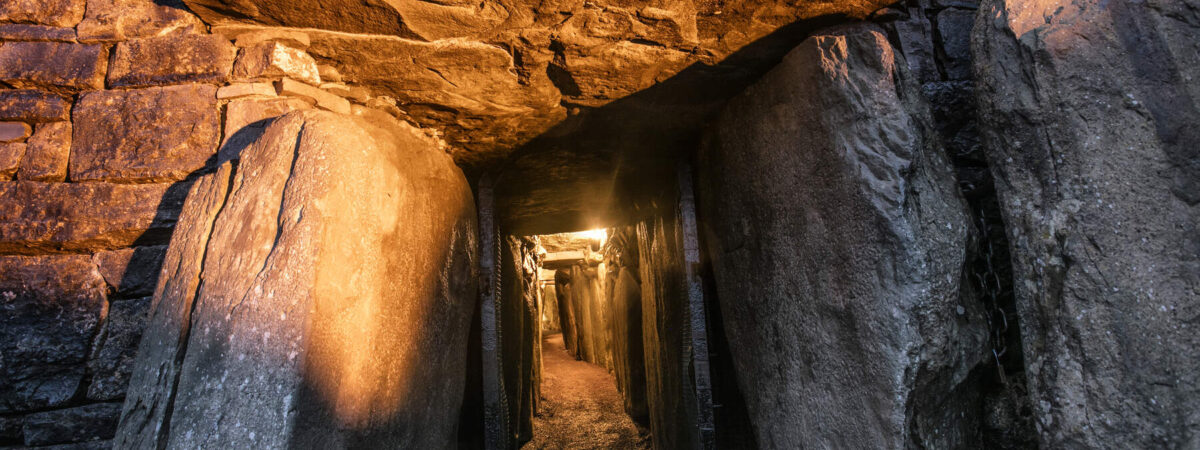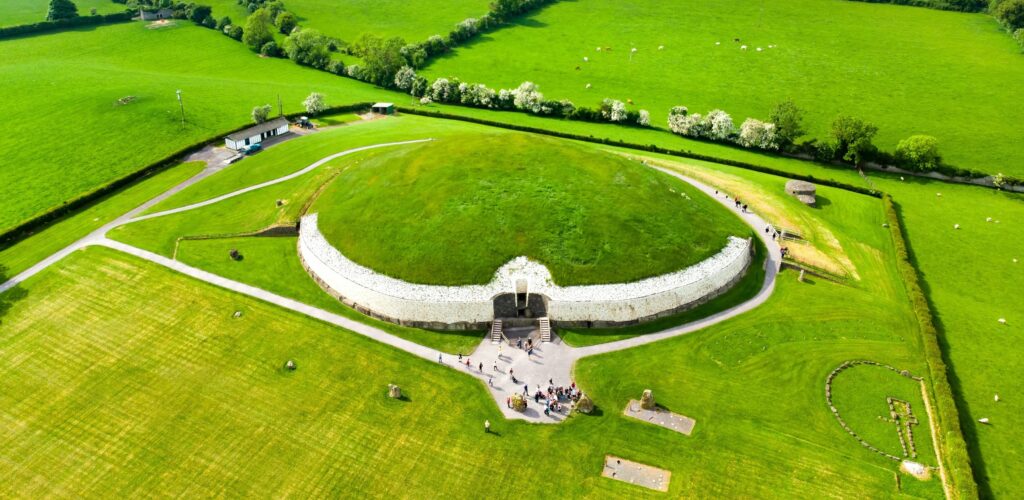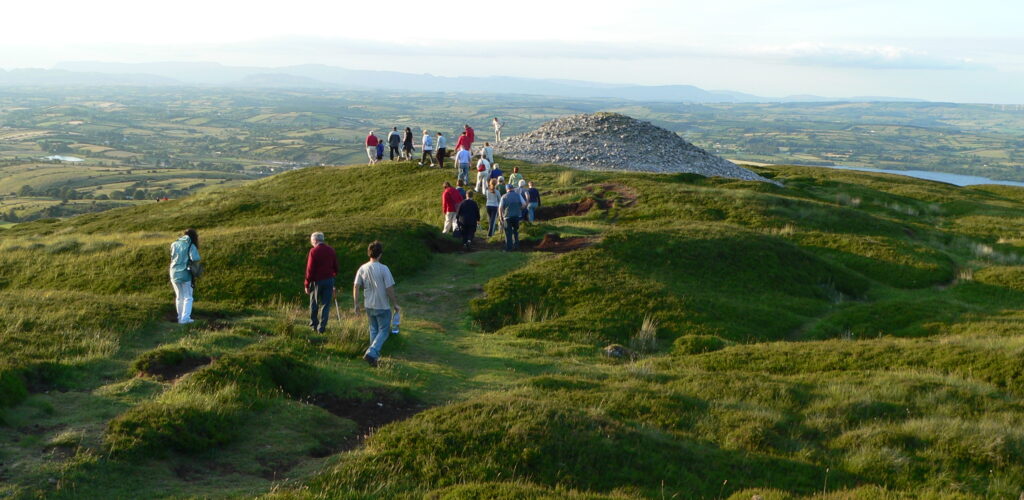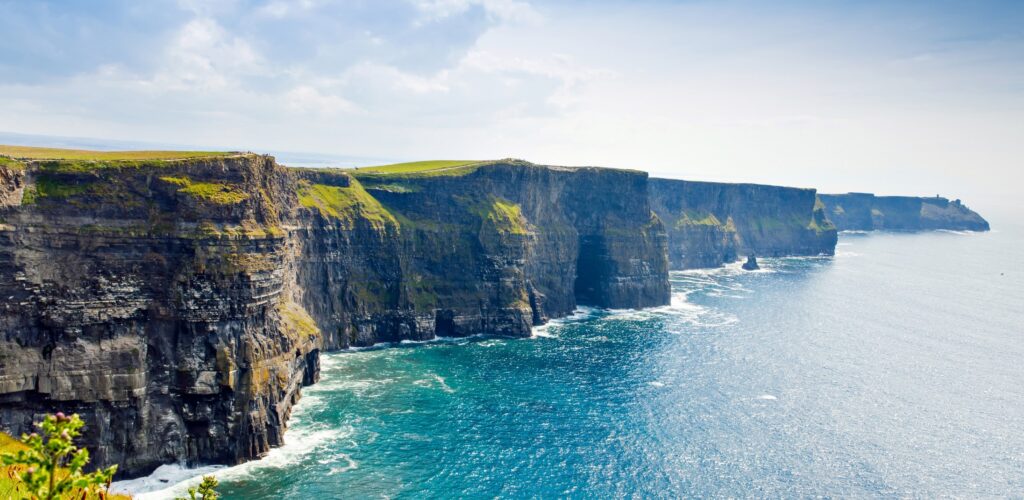
 Passenger reviews
Passenger reviews
 Number of days :4
Number of days :4 Estimated price per person :
750€
Estimated price per person :
750€  Local transport :
Local transport :
Découvrez nos suggestions pour On the trail of Irish megaliths

Start your journey at Newgrange, a UNESCO World Heritage Site. This tumulus, over 5,000 years old, is famous for its narrow pathway leading to a burial chamber.
Near Newgrange, Knowth offers a series of impressive burial mounds, famous for their spiral carvings. A combined visit to Newgrange and Knowth offers an in-depth understanding of Neolithic burial practices.
Continue on to the Loughcrew Hills, a lesser-known but equally fascinating complex. The cairns of Loughcrew, often referred to as the “Witches’ Hills”, contain numerous engraved symbols.
Visit the Hill of Tara, former seat of the kings of Ireland. Although mainly known for its forts and mounds, this site also boasts megalithic stones, including the “Stone of Destiny”.
Spend a well-deserved night in your accommodation.

Head west to County Sligo to explore Carrowmore, one of Ireland’s largest megalithic complexes. It is home to dozens of corridor tombs, offering a unique insight into Irish prehistory.
Not far from Carrowmore, the Carrowkeel burial mounds are well worth a visit. Situated on hills, they offer spectacular views of the surrounding landscape, in addition to their archaeological interest.
Continue south to County Clare to see the Carrowmore dolmen.
Then on to the Carrowkeel cairns, imposing burial tombs in the middle of the wilderness.
Lunch on the Ballyvaughan side.
Take the opportunity to explore the Ailwee Cave.
Eat and sleep locally.

After a hearty breakfast, visit the Poulnabrone dolmen, an ancient burial site dating back to the Bronze Age. This dolmen is one of the most photographed and emblematic in Ireland.
Take the opportunity to discover Cahercommaun Fort, the Burren region and one of the region’s jewels: the Cliffs of Moher, one of Europe’s highest!
Then on to Doonagore Castle (not open to visitors, but there’s nothing to stop you admiring it from the road).
Then pick up your car to take you to the airport for your return home.